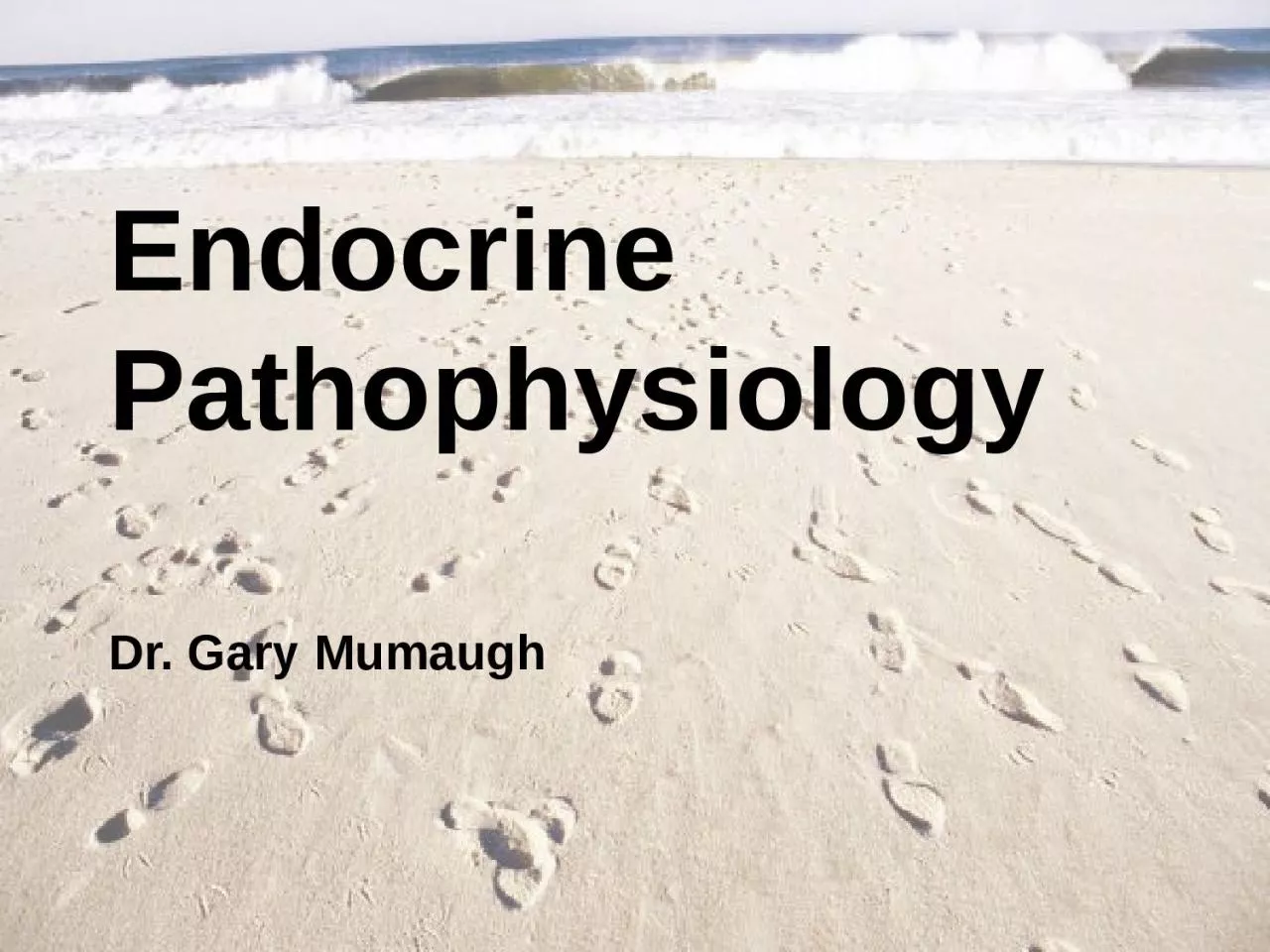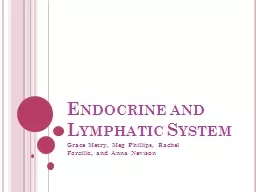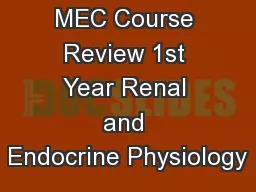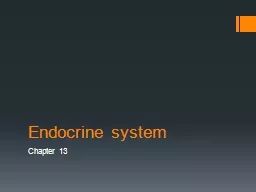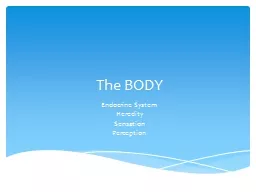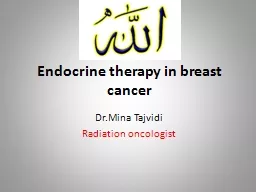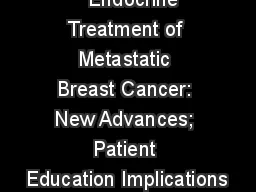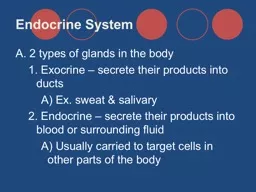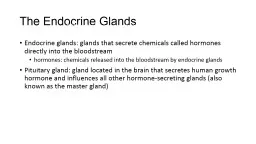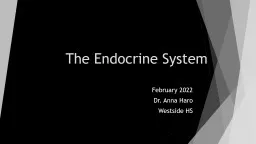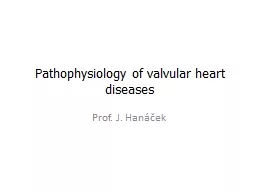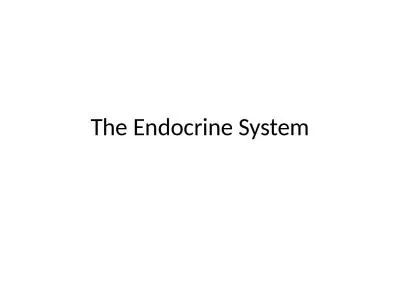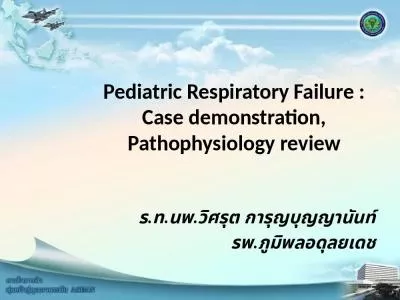PPT-Endocrine Pathophysiology
Author : jade | Published Date : 2022-06-18
Dr Gary Mumaugh Essentials of Endocrinology Main function releases hormones to control cellular activities of target cells Autocrine cells secrete substances
Presentation Embed Code
Download Presentation
Download Presentation The PPT/PDF document "Endocrine Pathophysiology" is the property of its rightful owner. Permission is granted to download and print the materials on this website for personal, non-commercial use only, and to display it on your personal computer provided you do not modify the materials and that you retain all copyright notices contained in the materials. By downloading content from our website, you accept the terms of this agreement.
Endocrine Pathophysiology: Transcript
Download Rules Of Document
"Endocrine Pathophysiology"The content belongs to its owner. You may download and print it for personal use, without modification, and keep all copyright notices. By downloading, you agree to these terms.
Related Documents

